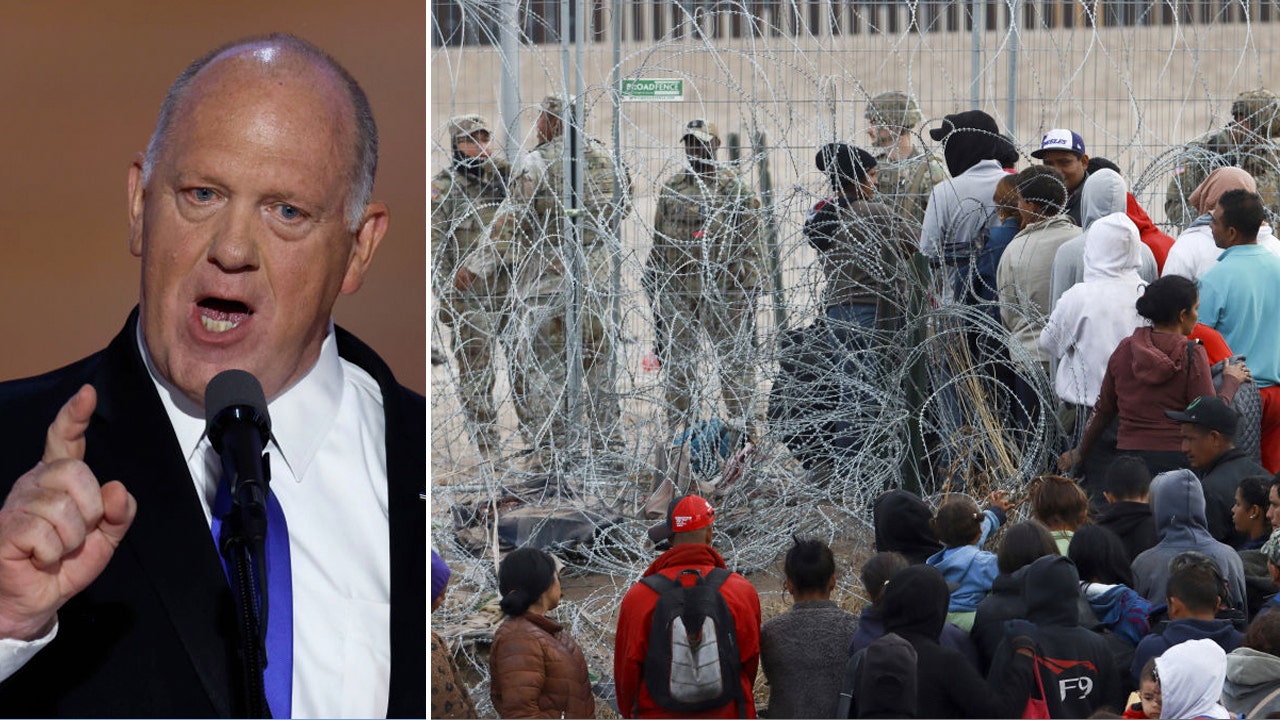A bombshell report from a clean energy group admitted that shifting to solar and wind may mean chaos for New York’s power grid as the state’s green energy law creates hurdles for cost and reliability.
The report from the New York Affordable Clean Power Alliance, which represents solar and wind energy firms, noted that the state’s timetable to phase out energy generated by fossil fuel is unrealistic — and even dangerous.
“The New York City area is forecasted to experience a generation shortfall starting in 2033, driven by an increase in peak demand and the planned retirement of existing dispatchable generation,” the report said.
“New York faces hurdles in maintaining reliability due to ambitious renewables targets, the projected retirement of much of its flexible fossil generation fleet, growing load, and extreme weather,” the report said.
The “intermittent nature” of wind and solar could create “challenges,” the report said.
“Unlike fossil fuel plants, which provide dispatchable generation around the clock, renewables depend on weather conditions, making real-time supply and demand balancing more complex,” the report said.
New York’s Climate Leadership and Community Protection Act of 2019 approved by then-Gov. Andrew Cuomo and the legislature requires the state and its energy producers and consumers to move away from fossil fuels by slashing gas emissions by 40% by 2030 with the goal of achieving 100% zero-carbon-emission electricity by 2040.
The report cited a host of problems that has slowed down progress for ramping up renewables — including inflation-fueled supply chain issues; material and labors that have driven up costs; and delayed construction timelines for renewable wind and solar infrastructure.
Moreover, higher interest rates have increased borrowing costs for developers, slowing investment in new projects, the report said.
“These cost pressures affect all types of developers and would also drive up utilities’ costs if they were permitted to build large scale renewables,” the report said.
Utility giant Con Edison recently proposed double-digit rate hikes for gas and energy bills, blaming the hikes partially on the cost of complying with green mandates.
Skyrocketing costs to connect solar and wind power to the electric grid has also been a problem. These interconnection costs have doubled across all renewable projects from 2017 to 2023, the report said.
“One major constraint to renewable development in New York is the transmission bottleneck between the renewable-rich upstate regions and densely settled load centers downstate,” the authors with FTI Consulting said. “Inadequate transmission restricts the flow of electricity between regions and hinders renewable deployment by increasing development costs.
“The result of these challenges is that many private developers in New York have been forced to withdraw projects when they received unexpectedly high final cost estimates that made the projects unviable. .
Community opposition has also slowed down, altered or killed solar and wind projects, the report noted.
For example, the Lighthouse Wind project — which sought to harness the wind from Lake Ontario with 200 megawatts of turbines — faced community opposition to its large wind plant. After eight years of opposition, the project was cancelled.
The Hecate Energy Solar project in Copake, New York, was designed with a capacity of 60 Megawatts and a footprint of 500 acres but complaints forced the developer to reduce the footprint by more than half to 215 acres.
Meanwhile the Union Energy Center lithium-battery farm was proposed in Mahopac, a hamlet in Putnam County. The project, which would occupy nearly 100 acres and account for 116 megawatts of energy storage, was mothballed for six months following community opposition.
Members of the Affordable Clean Power Alliance include the Alliance for Clean Energy, Advanced Energy United, Independent Power Producers of NY, Battery and Energy Storage Technology Consortium, and the NY Solar Energies Industries Association.
The report includes a disclaimer saying, “The analysis and findings expressed herein are those of the author(s) and not necessarily the views of New York’s Affordable Clean Power Alliance and its individual members.”
Asked about the findings, a rep for Gov. Kathy Hochul said she will push the clean energy agenda, but not at the expensive of reliability for customers.
“The governor has led by example in New York’s ongoing transition to a clean energy economy: we have one of the cleanest grids in the nation–with 50% zero-emission electricity–and are a gold standard in reliability,” said Hochul spokesman Paul DeMichele.
But he also added, “The governor recognizes that we can only continue to serve as that good example if the lights stay on and costs are low—and she will use every tool at her disposal to ensure that happens.”
Hochul is feeling the heat.
New York Democrats have joined Republicans in urging the governor to pump the brakes on the timeline forcing New Yorkers to switch from gas-powered cars to emission-free electric autos.
And Hochul and the legislature also faced backlash for banning gas stoves in most new housing developments.













